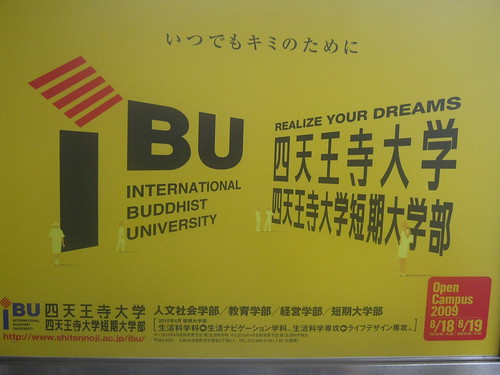
This was one of the days I was most looking forward to on the trip. The Hanshin Tigers may not have the raw popularity of the Yomiuri Giants, but they’ve definitely got the most rabid fanbase in the entire country. Beyond that, Koshien Stadium is said to be the “soul of Japanese baseball,” most likely because, beyond the already crazy Tigers that play there, everything from college games to the high school championships are housed within Koshien. It’s a storied stadium most often compared to Wrigley Field or Fenway Park here in the States.
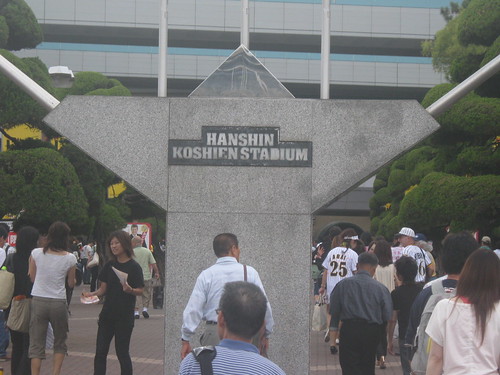
We’re not ready to get too far into that yet, I’ve still got a little bit of Kyoto to cover before we got on the train to head for Nishinomiya. My morning was mostly occupied with wandering around the Kyoto station area to check some stuff out. I started out with going to the local Bic Camera to check out the games in stock. It turns out that quite a few others had the same idea, as there was a queue outside the shop just before the shop opened at 1000 that morning.
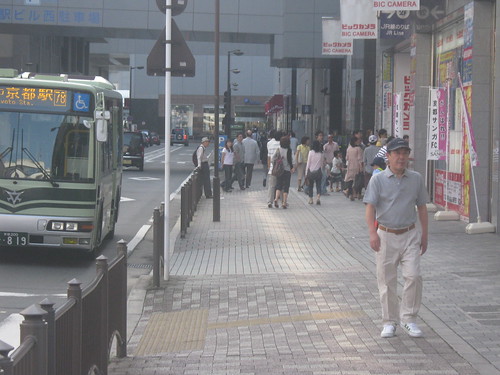
Out of curiosity, I asked about the availability of the new Pokemon games that had come out the day before. They were predictably completely sold out. Browsing the shelves, I found a copy of a game I’ve been wanting to import since I played Elite Beat Agents, Osu! Tatakae! Ouendan. The sequel was nowhere to be found, but I definitely picked up the game to play during my downtime on the tour.
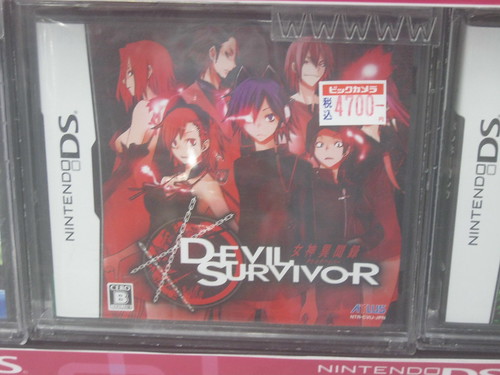
My need to browse video games now sated, I headed into The Cube to take a look around and grab breakfast. I spotted a Mister Donut, one of the more famous donut shops in Japan, and I decided that I would break my Western food boycott for the morning to sample this Japanese take on an American staple. Boy was I surprised when I spotted the donut you see below this text. Not only did the Japanese understand that donuts should be tasty and sweet, but here they were, out-American-ing the Americans with their chocolate donut, topped with powdered sugar, and filled with cream.
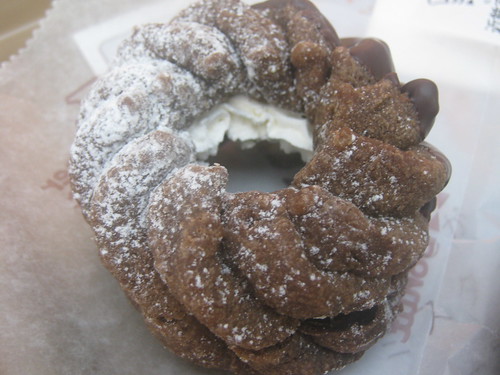
After taking about a week off of my life just by eating that donut, I decided to climb back up to the top of The Cube to see what it’s like in the daylight and snap some shots for David.

At the top was the familiar Happy Terrace, which looks completely different without the ambient light and lovers seated at the benches.

Still, it’s a completely relaxing rooftop to hang out on and I could see myself taking lunch breaks up there.

Dave and I were excited about the prospect of taking pictures of the Kyoto skyline from the top of The Cube, but it turns out that the Kyoto skyline isn’t really that interesting (to me).
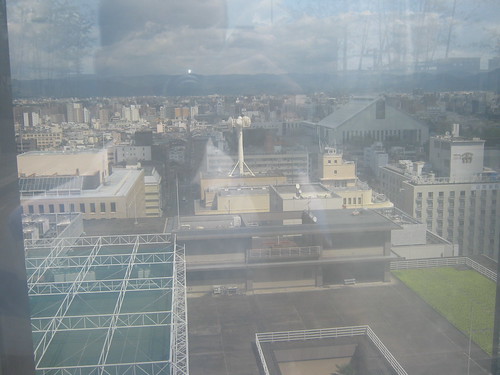
After that it was about time to start taking trains to head to Nishinomiya, so I made my way down to the platform and eventually hopped on a local line. It was reassuring to see the number of Tigers fans increase the closer we got to Koshien, especially since some of them have very elaborately decorated clothing.

We eventually reached Nishinomiya and swapped onto the Hanshin train line that conveniently (and coincidentally!) ran to Koshien where we were immediately greeted by a sea of yellow and black jerseys and merchandise, both on display and on the tons of fans in the area. I don’t think I saw a single Baystars fan in the area. I made my way around and eventually bought a Takashi Toritani jersey and an awesome super deformed patch to eventually iron or sew on at home.
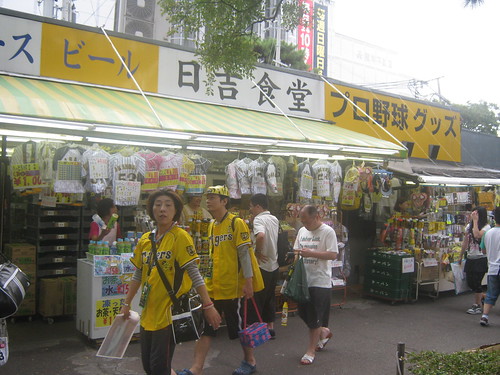
One of the most interesting things about Koshien Stadium is that there is a shrine just next door. Even more interesting is that this shrine seems to cater to baseball-related prayers.
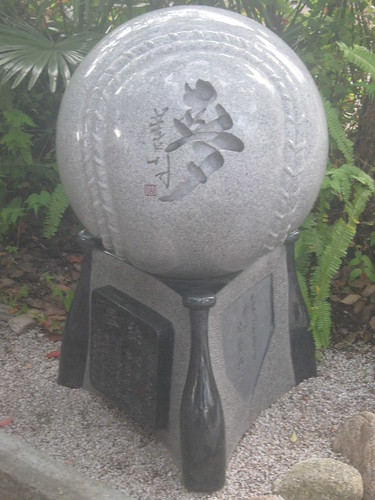
For those unfamiliar with Shinto traditions (as I am), worshippers are able to go to shrines, purchase ema, wooden plaques for prayers and wishes, and pin them to the prayer/wish board. I’m oversimplifying, but that’s the basic idea (you can learn more from the wiki link I put up earlier or through your own research).
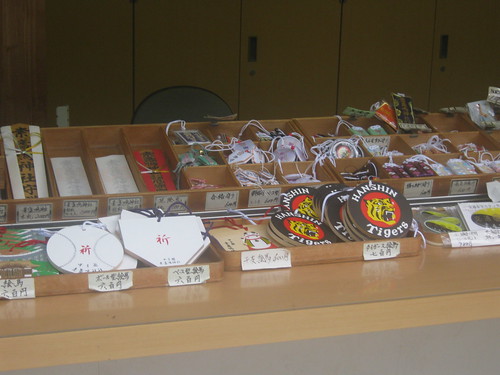
I’ve been told that many of these boards are prayers for the Tigers to succeed. I think that’s way cool.

If there’s one thing I absolutely love about Tigers fans, its those loose, flowing pants they love to wear. They’re typically yellow, white with pinstripes, or black, and they also typically feature pictures of Tigers or sewn on patches. The Tigers definitely have my favorite fans in all of Japan.
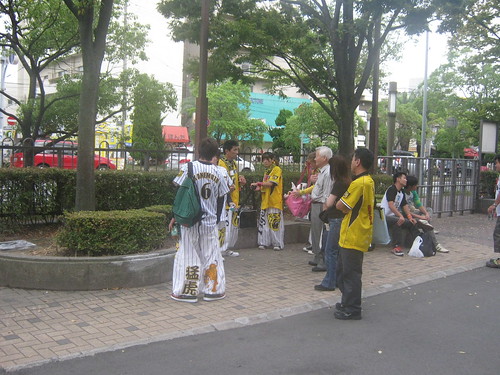
While it’s not totally unheard of to see a rival mascot at a ballpark (see the Buffaloes game for reference), I don’t think I’ve ever seen the rival mascots posing for pictures around the rabid fans of the home squad.
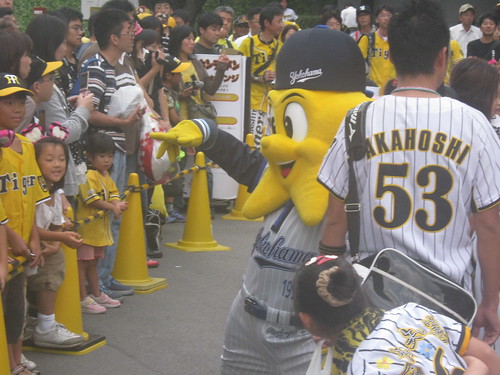
Worse still, I saw the opposing mascots hanging out together!
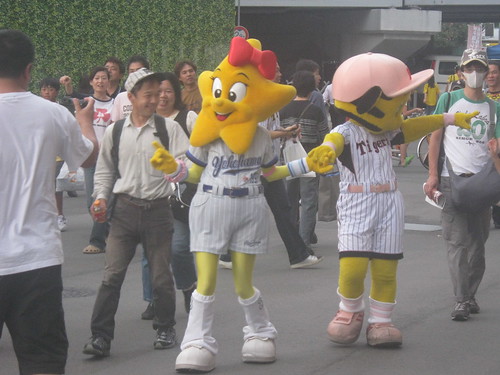
For all their rabid love for the team, the Tigers haven’t won a Japan Series or really come all that close (aside from a loss in the 2003 Japan Series) since their only win in 1985 thanks to the Curse of the Colonel! :cue scary music:
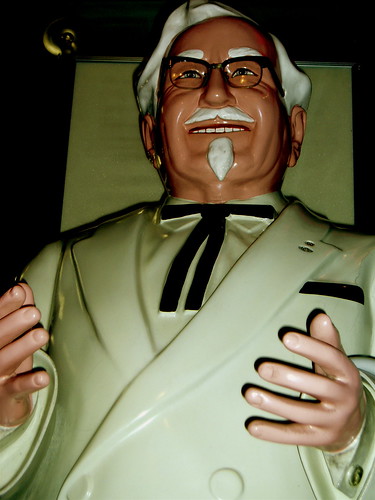
There are a few American fast food franchises that have made it big in Japan and Kentucky Fried Chicken is one of the bigger ones. While locations in America have all but abandoned the Colonel statue as a fixture of their stores, just about every KFC I’ve ever seen in Japan has themselves a statue of the famous Colonel Sanders, sometimes dressed up for whatever location he’s occupying.
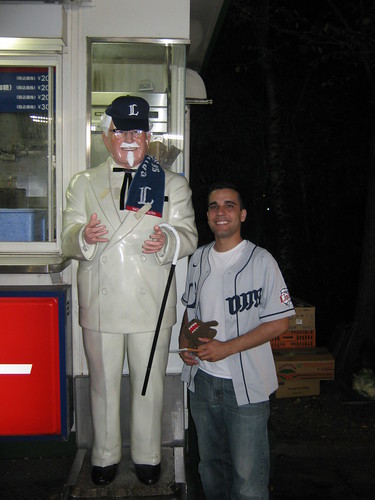
The story goes like this: After finally winning their first Japan Series (the Tigers were founded in 1935) in 1985, the fans, already rabid without a reason to celebrate, went absolutely crazy to celebrate the victory. As the mob made its way to Ebisubashi Bridge, they began a pretty cool ritual where they called out a player’s name and a member of the mob who looked like him would jump into the canal the bridge spanned. Unfortunately for the Tigers, not one of the Japanese fans looked like one of the key components to their championship team, Randy Bass. Since all gaijin look alike anyway and, more importantly, the Colonel had a beard, one rabid fan grabbed a Sanders statue from a local KFC and tossed it into the canal in place of an actual person. Little did he know that this casual disregard for the property of a KFC would anger the spirit of Colonel Harland Sanders, cursing the team to failure until the day they finally recovered the statue.
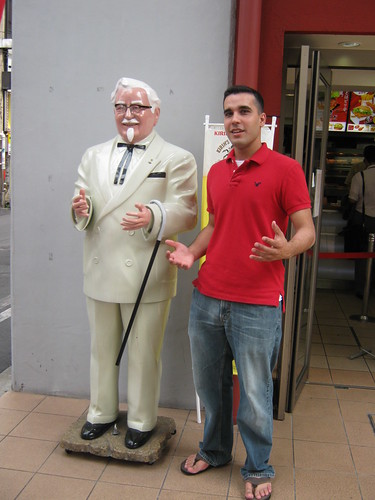
As I said earlier, the team has really only come close to even approaching a Japan Series title once in 24 years, with most of the other seasons ending in last or near-last place. The moral of the story, never anger the spirit of a chicken-loving Southern gentleman.
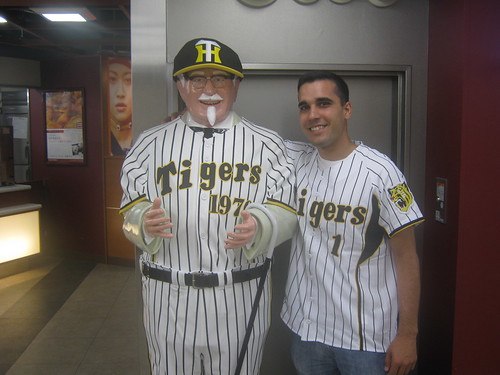
There is hope for Tigers fans who actually believe in curses. Just this year, on 10 March, the upper-body of the cursed Colonel statue was located while completing a beautification project on the Dōtonbori River. The right hand and the lower-body were located the next day, but his glasses and left hand remain at large. What does this mean for Tigers fans hoping for a return to glory after 24 years? So far, nothing. Despite a weak start to the season, the Tigers were in serious contention for the Climax Series up until their last game with the Swallows. Unfortunately, the Swallows were able to knock the Tigers out of the playoffs, but perhaps next year the curse will be lifted and the Tigers can once again win a series.
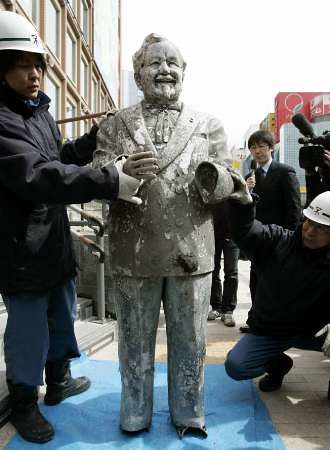
Koshien Stadium is, thankfully, one of three ballparks with actual grass growing in them (Skymark and Mazda are the other two) and it features an all-dirt infield that it seems like they over-water before the game.

The fans at Koshien are definitely dominant and so rabid, but I was legitimately shocked at how tiny the cheer section that was allotted to the Baystars was. Unlike other ballparks which give whole sections of the outfield, these guys were relegated to a small section. I don’t know if this is just because the Baystars are a marginal team or if this is a legitimate action by the Tigers. If it’s the latter, it just seems contrary to the Japanese culture of polite fairness.
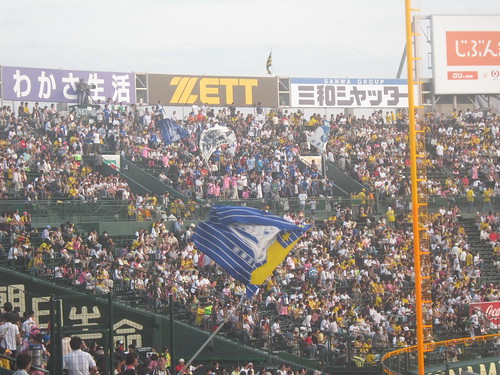
That night’s game featured some solid, National League-style baseball with low scoring and plenty of small ball. The final score was 2-1 and the ever-famous Japanese closer, Kyuji Fujikawa, came out to finish the game.
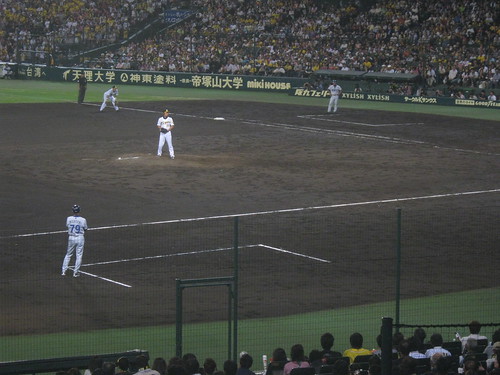
One post-game celebration later, we were on our way back to Kyoto!…Except that the trains were furiously backed up thanks to all the post-game traffic. Our eight-man crew braved the line for about a half hour before even getting down to the platform. The train ride was fairly uneventful, but I was told by Ken that the gaggle of women on the train to Kyoto to go out that night were not interested in me because I “wasn’t tall enough.” I hate to set these girls up for disappointment, but I’m pretty sure that I’m well over the average height for the entire country. Them’s the breaks, I guess.
After we arrived in Kyoto, we all headed back to our rooms. The next day would be spent flying to Sapporo, so we had to get our rest to be up in time catch the proper trains and make our flight. It was also the final day that Jill and Nora would be on the tour, since they had to get back to their jobs at the university they worked at. Our group was down to six, but we were definitely going strong. Only four games to go.
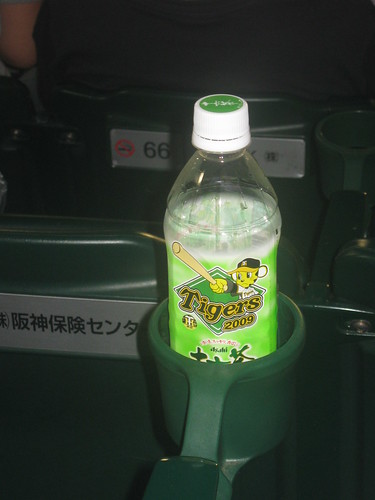
Leave a Reply